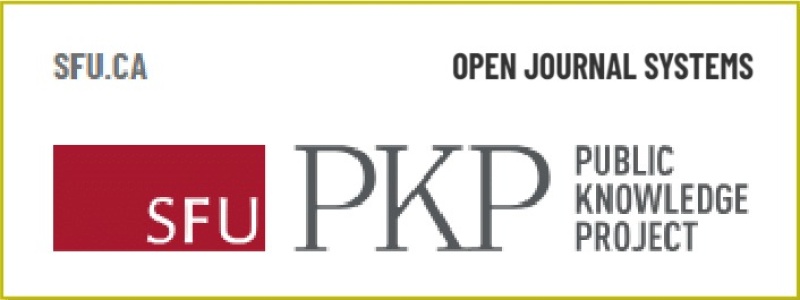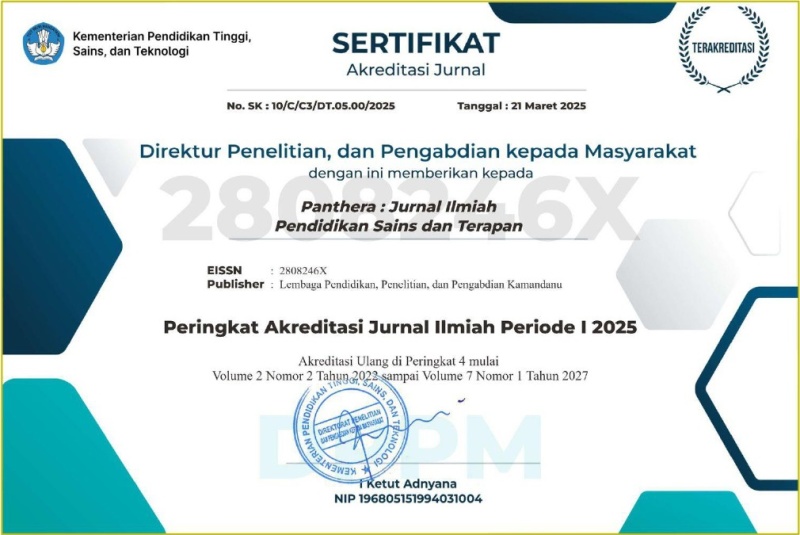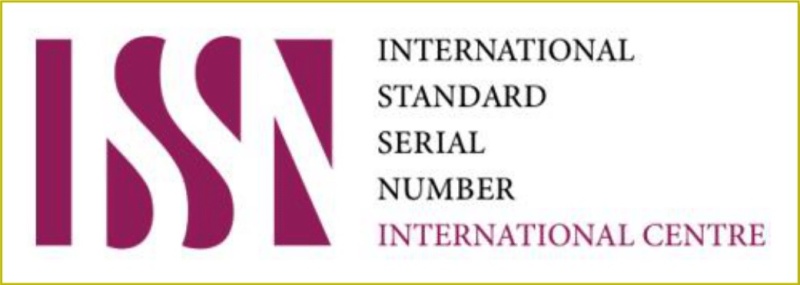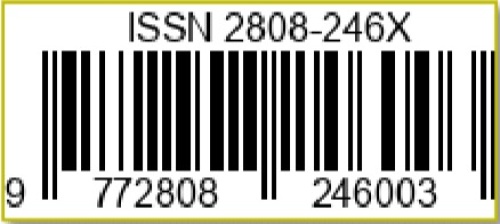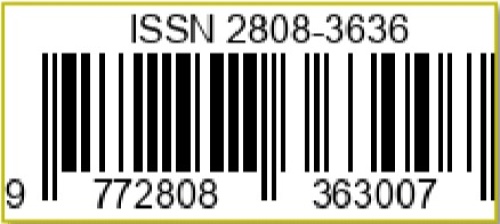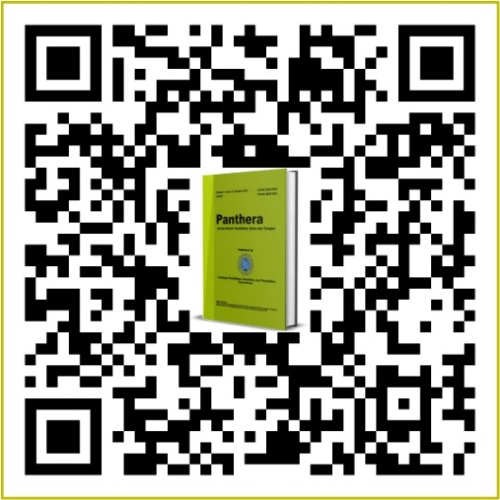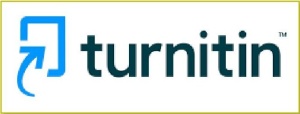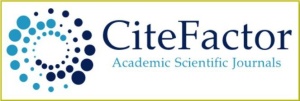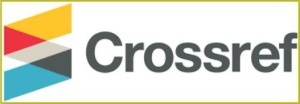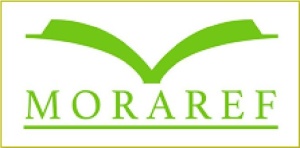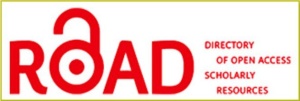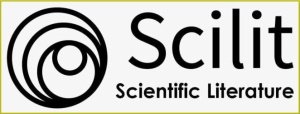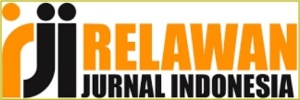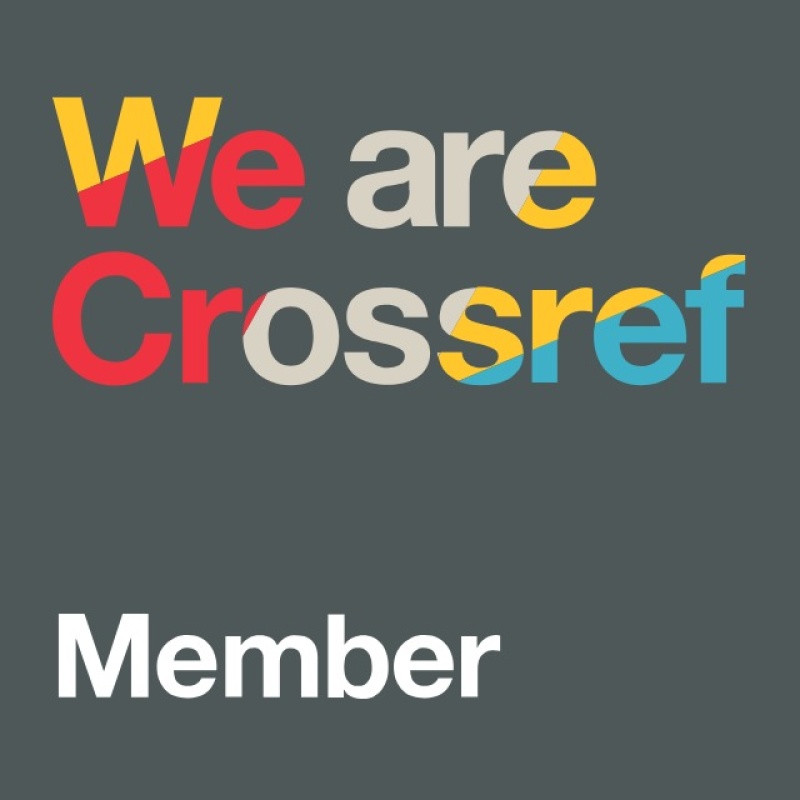Analisis Kesulitan Guru SD Negeri Kecamatan Keruak dalam Menerapkan K13 Materi Pembelajaran Matematika
DOI:
https://doi.org/10.36312/panthera.v3i3.196Keywords:
Mathematics Teacher Difficulties, 2013 Curriculum.Abstract
This study aims to analyze the difficulties of mathematics teachers at the Public Elementary School in the Keruak sub-district in implementing the 2013 curriculum. The type of research used is mixed research. Research/Mixed Methods is a method in finding facts about the status of a group of people, an object, a condition, a system of thought, or an event with the right interpretation (Sedarmayanti & Hidayat, 2002). Data collection techniques in this study used a questionnaire filled out by respondents (elementary school teachers). Questionnaire is a data collection technique that is carried out by giving a set of questions or written statements to respondents to answer. The data from the results of calculations and data analysis,shows that there are three faktors that influence the difficulty of elementary mathematics teachers in implementing the K13 curriculum, namely the teacher faktor of 50.89%, the student faktor of 63.89%, and the faktor of the supporting facilities is 58.80%. So it can be concluded that there are three main faktors that influence the difficulty of elementary mathematics teachers in implementing K13 in each school, namely teacher faktors, student faktors, and supporting facilities faktors.
Downloads
References
Abdurrahman, M. (1999). Pendidikan bagi Anak Berkesulitan Belajar. Jakarta: PT. Rineka Cipta.
Abimanyu, S., Hawaniyah., & Sulo, S. L. L. (2007). Strategi Pembelajaran. Jakarta: Dirjen Dikti Depdiknas.
Arikunto, S. (2002). Prosedur Penelitian : Suatu Pendekatan Praktik. Jakarta: PT. Rineka Cipta.
Ilyas, M. (2015). Metodologi Penelitian Pendidikan Matematika. Bandung: Pustaka Ramadhan.
Karso, H. (2014). Pendidikan Matematika 1. In: Pembelajaran Matematika di SD. Jakarta: Universitas Terbuka.
Kilpatrick, J., Swafford, J., & Findell, B. (2001). Adding it Up : Helping Children Learn Mathematics. Washington, D.C.: National Academy Press.
Lithner, J. (2007). A Research Framework for Creative and Imitative Reasoning. Educational Studies in Mathematics, 67(3), 255-276. https://doi.org/10.1007/s10649-007-9104-2
Nasution, S. (2005). Berbagai Pendekatan dalam Proses Belajar dan Mengajar. Jakarta: PT. Bumi Aksara.
Priyatna, I., & Baharsah, N. (2022). Hubungan Tingkat Pendidikan Orang Tua terhadap Minat Siswa Melanjutkan Studi ke Perguruan Tinggi pada Siswa Kelas XII SMA Idhata Banjarmasin. Educatoria : Jurnal Ilmiah Ilmu Pendidikan, 2(1), 1-9. https://doi.org/10.36312/ejiip.v2i1.50
Roestiyah, N. K. (2012). Strategi Belajar Mengajar. Jakarta: PT. Rineka Cipta.
Shadiq, F. (2004). Kemahiran Matematika. Yogyakarta: Departemen Pendidikan Nasional.
Slameto. (2013). Belajar dan Faktor-faktor yang Mempengaruhinya. Jakarta: PT. Rineka Cipta.
Sudjana, N. (2011). Penilaian Hasil Proses Belajar Mengajar. Bandung: PT. Remaja Rosdakarya.
Sugiyono. (2013). Metode Penelitian Kombinasi (Mixed Methods). Bandung: CV. Alfabeta.
Suherman, E. (2003). Strategi Pembelajaran Matematika Kontemporer. Bandung: UPI JICA.
Sukmadinata, N. S. (2011). Metode Penelitian Pendidikan. Bandung: PT. Remaja Rosdakarya.
Sumarmo, U. (2010). Berpikir dan Disposisi Matematik: Apa, Mengapa, dan Bagaimana Dikembangkan pada Peserta Didik. Makalah. Universitas Pendidikan Indonesia.
Sutarto., & Syarifuddin. (2013). Desain Pembelajaran Matematika. Yogyakarta: Samudra Biru.
Sutikno, S. M. (2013). Belajar dan Pembelajaran. Lombok: Holistica.
Wardhani, S. (2008). Analisis SI dan SKL Mata Pelajaran Matematika SMP/MTs untuk Optimalisasi Mata Pelajaran Matematika. Yogyakarta: PPPTK.
Wijaya, A. (2012). Pendidikan Matematika Realistik : Suatu Alternatif Pendekatan Pembelajaran Matematika. Yogyakarta: Graha Ilmu.

Downloads
Published
How to Cite
Issue
Section
License
Copyright (c) 2023 Zainal Abidin

This work is licensed under a Creative Commons Attribution-ShareAlike 4.0 International License.
-
Attribution — You must give appropriate credit, provide a link to the license, and indicate if changes were made. You may do so in any reasonable manner, but not in any way that suggests the licensor endorses you or your use.
-
ShareAlike — If you remix, transform, or build upon the material, you must distribute your contributions under the same license as the original.

